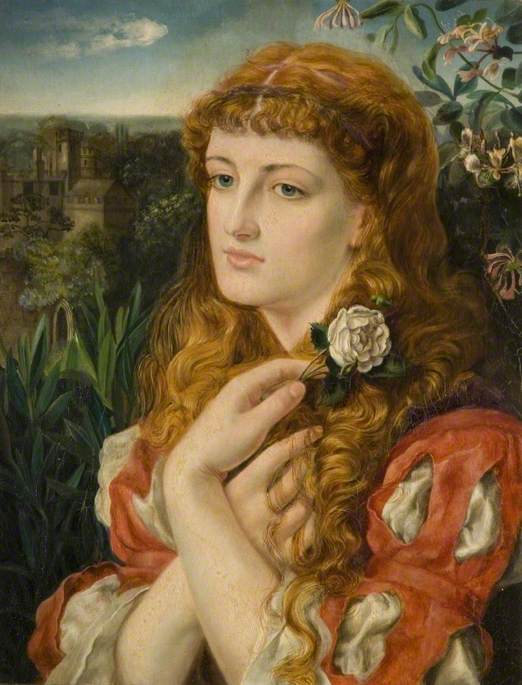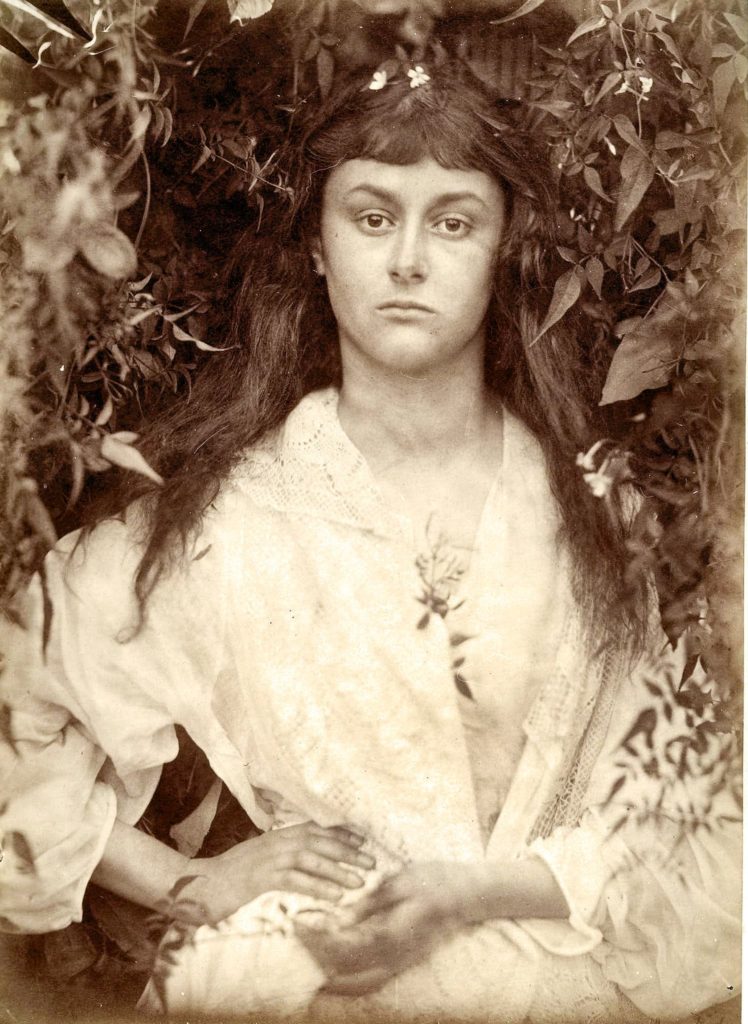Portraiture has been used for centuries in the form of paintings, however, in recent decades, as photography’s developed, portraits are easier to take than ever before, becoming easier and less time consuming as the decades go on.
19th Century – Louis Daguerre + Daguerreotypes
Louis Daguerre was a French painter and physicist that created the first practical process of photography called the daguerreotype after improving upon Niepce’s work after he passed.
He discovered exposing an idolized silver plate in a camera would create a permanent image if the latent image was developed through exposure to fumes of mercury then fixed by a solution of salt. Daguerre’s process lowered the exposure time from 8 hours to roughly 30 minutes! However, daguerreotypes were expensive as they were highly detailed, heavy and very fragile due to their mirror-like surface which meant only the wealthy could afford them.
Despite their pricing, daguerreotypes were very popular and used for still life, natural phenomena, documentary subjects and most commonly portraits.

19th Century – Henry Fox Talbot
Henry Talbot was an English scientist that created the salt paper and calotype processes which are known as an improved daguerreotype.
The salt paper process involved placing paper into a salt solution that would later be dried before one side of the paper got coated in a solution of silver nitrate, creating a light-sensitive silver nitrate that would darken when exposed to light. Objects would be placed on the paper or the image from a camera obscura would be used in order for the photo to be made.

The Calotype process used a paper negative to make a softer version of the daguerreotype which makes it possible to make multiple copies as a negative is produced.

19th Century – Julia Margaret Cameron
Julia Margaret Cameron was a British photographer who is best known for her soft-focus close-ups of many Victorian people, creating ‘moving portraits’ due to how expressive they are.
Cameron often convinced her models to dress up for their portraits which helped her create biblical-esque photos, often compared to Pre-Raphaelite paintings due to how soft and spiritual her portraits look. She achieved this soft look by using dark lighting, a shallow depth of field, long exposure times and a soft focus, all of which combined together to create her now famous portraits.


Cameron’s work was heavily criticized at the time due to her ‘lack of technique’ causing most of her photos to be out of focus, have cracked plates, have fingerprints etc. However, these ‘mistakes’ are what led to Cameron’s modern day success as they added character to her portraits and allowed her to truly capture each model she photographed.

